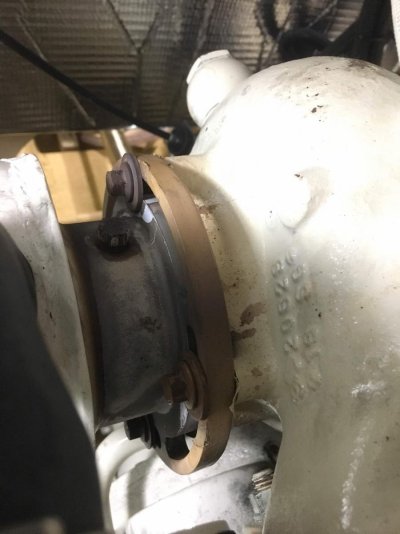Pgitug
Guru
I am replacing my exhaust mixing elbow as a PM on my 2002 Cummins 330hp. I soaked the four bolts with penetrating oil for three days and they did break loose. So On reassembly I am thinking of using nickel anti seize on the four exhaust side bolts. Is this a good idea?






